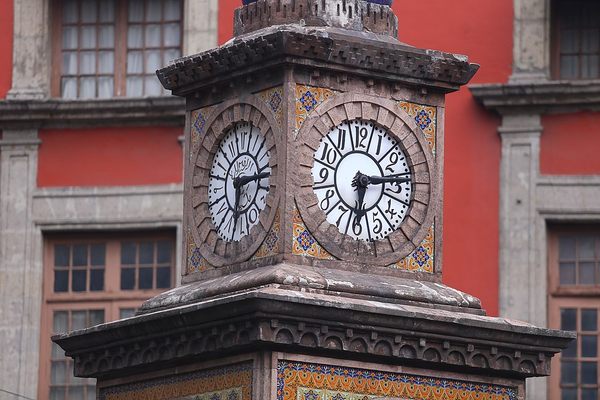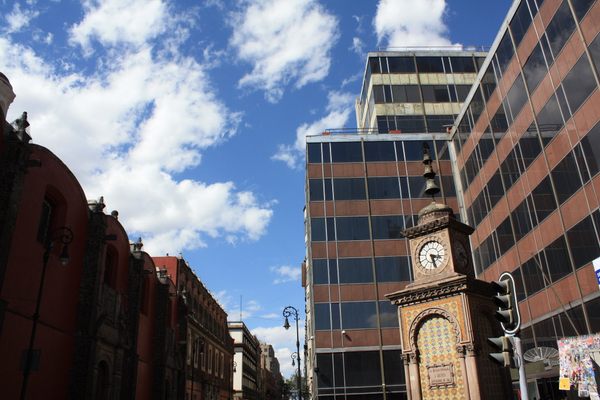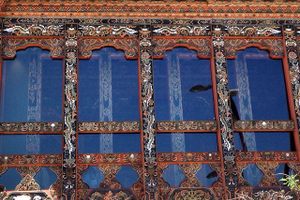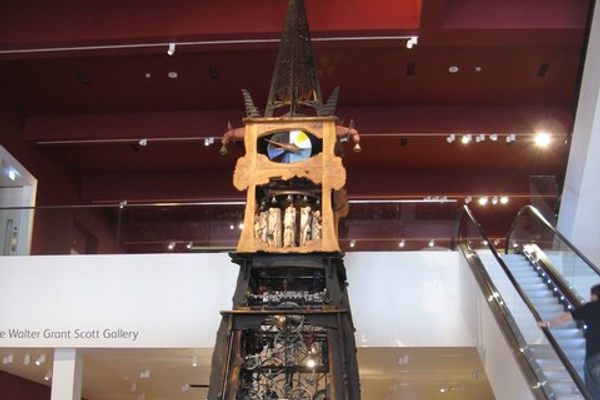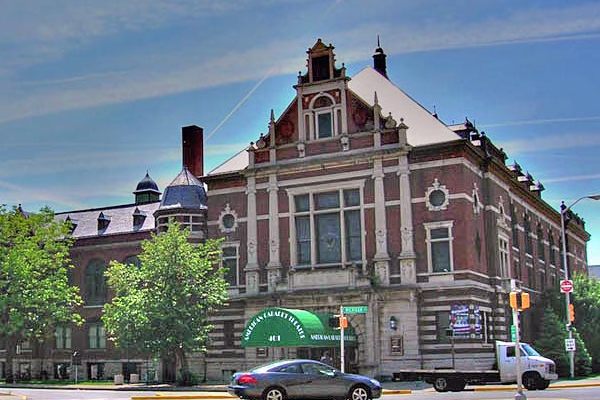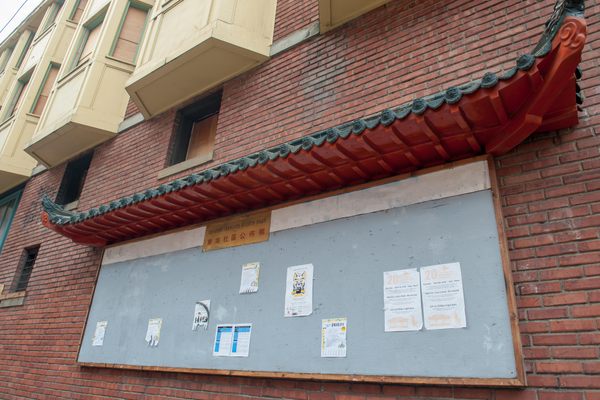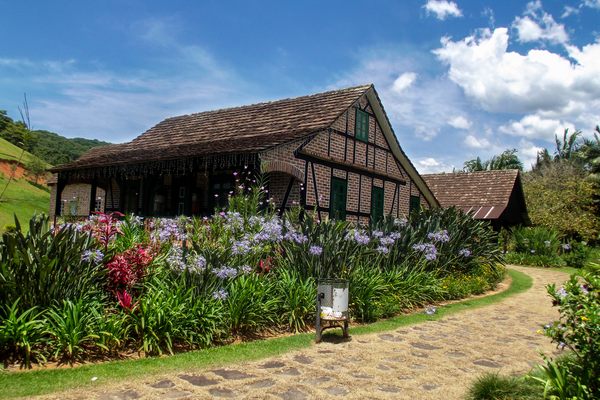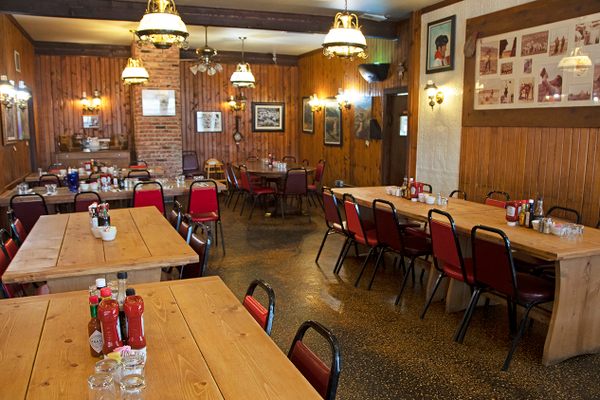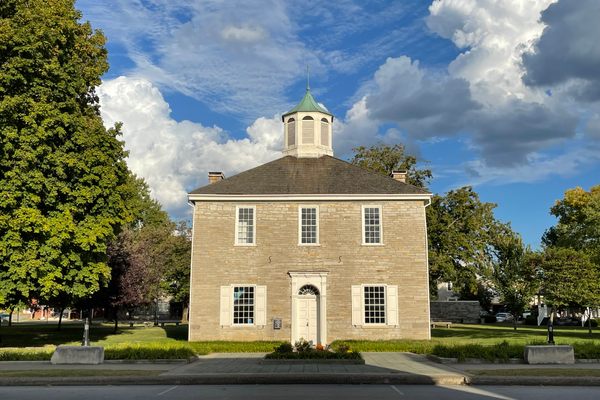About
The year 1910 was an eventful one in Mexico. Taking place during the historical period known as Porfiriate, this year saw the Centennial celebration of the start of the country’s War of Independence. Like any good birthday, a party was thrown and gifts were received. The then-Ottoman Empire was one of the best gifters, with a unique clock for the centenary nation.
The clock was gifted as a show of gratitude to Mexico for its reception of migrants and refugees from territories encompassing what at the time was the Ottoman Empire. A majority of these migrants and their descendants identify with modern-day Lebanon, but it is known that many of them originated from modern-day Iraq, Syria, and Turkey as well. As such, the clock is also known to locals as the Arabic, Lebanese, or Turkish Clock.
On the second centenary of Mexico’s Independence, the clock was rededicated following renovation works, in a ceremony attended by the then-current ambassadors of Lebanon and Turkey in Mexico as well as the mayor of Mexico City. The clock faces include small symbols representing Turkey and Lebanon. Two of them feature the Turkish crescent, while the others feature the Lebanese cedar.
The ones with cedars feature Western Arabic numerals (those most commonly used in conjunction with Latin script), while those with crescents show Eastern Arabic numerals combined with Arabic script. Finally, the clock is crowned with metallic figures of the cedar, crescent, and Mexican coat of arms, consisting of a golden eagle devouring a snake, as well as three bells. Together, they represent solidarity between the countries.
Related Tags
Know Before You Go
The clock is located in a public square and can be seen at any moment of the day.
Published
September 27, 2019
